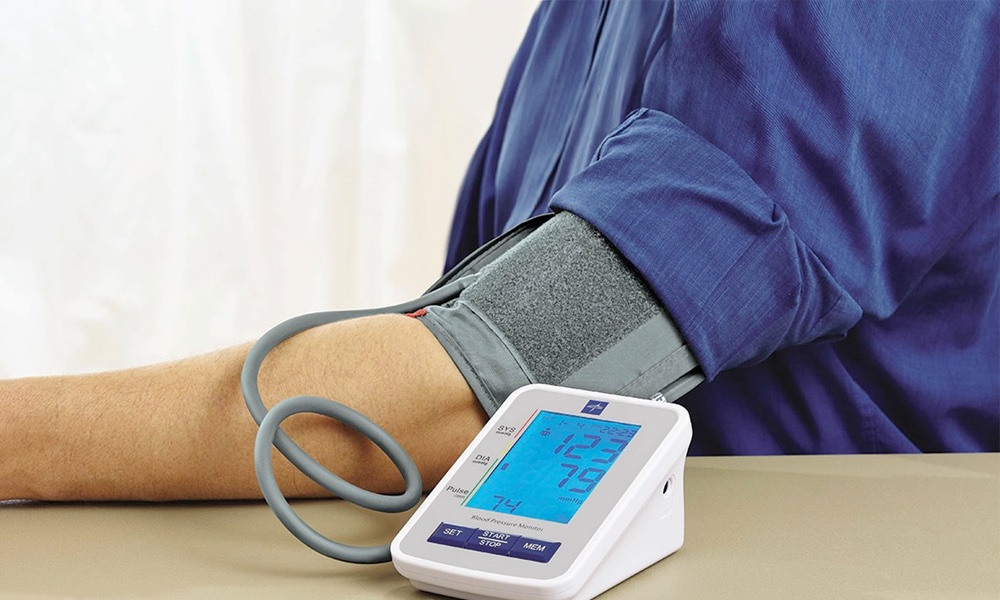Your body and metabolism change as you get older, and you might be advised to tweak your diet accordingly. That usually means limiting or even giving up certain foods, but there is one nutrient older adults should focus on eating more of, a new scientific review suggests — protein.
Protein is an essential nutrient, one that we must get from our diets. The guidelines for a person’s protein needs are based on the Recommended Daily Allowance (RDA) using a factor of .8 grams of protein per kilogram of body weight per day (0.8 g/kg/day). For a 150-pound person, that is about 55 grams. Food manufacturers must list what percent of the RDA their product meets for protein on the Nutrition Facts panel.
But the RDA for protein may not be sufficient for the elderly. “The prescribed 0.8 g/kg/day just isn't enough protein for the elderly and people with a clinical condition. This shouldn't be communicated as what is ‘allowed’ or even ‘recommended’ to eat,” said the author of a review of seniors' protein intake, Stuart Phillips, of McMaster University in Canada.Eating more meat is not and should not be the only way to eat more protein. Plant foods like whole grains, nuts, vegetables, beans and other legumes are good sources of high-quality protein, too.
When we eat protein foods, our body uses the amino acids that are the end result after proteins are digested to make new proteins, like skin cells, blood cells, muscle cells and immune cells, and to repair damaged cells.
It’s not just the amount of protein that is in question for older adults, but also the quality of the protein. For example, older adults have a higher need for an amino acid called leucine in order to build muscle tissue. Milk and milk-based proteins like whey are good sources of this amino acid.
Losing muscle mass is a normal part of aging unless you’re an avid exerciser, and critically ill individuals lose muscle mass quickly and an increase in protein would be highly beneficial to them. Yet the RDA for protein is the same for a 70-year-old as it is for a 20-year-old. Phillips, not the first researcher to question the protein RDA for older adults, called for long term clinical trials to more accurately determine the protein needs of older and critically ill people who would benefit the most.
So while you may have to adjust some elements of your diet because of various diagnoses or abnormal blood work, eating more protein foods may make up for some of those nutrients you’re missing.
The review is published in Frontiers in Nutrition.





